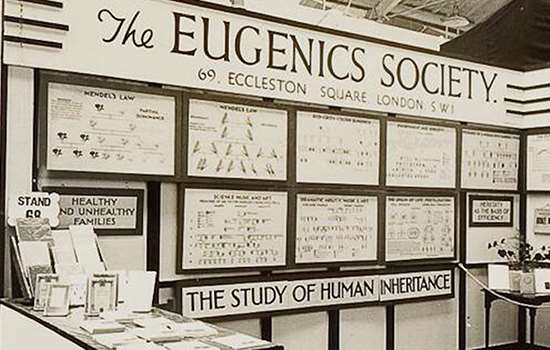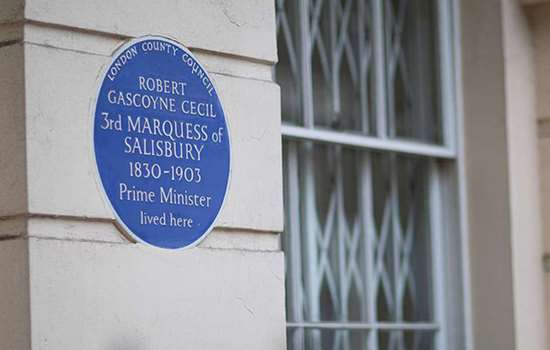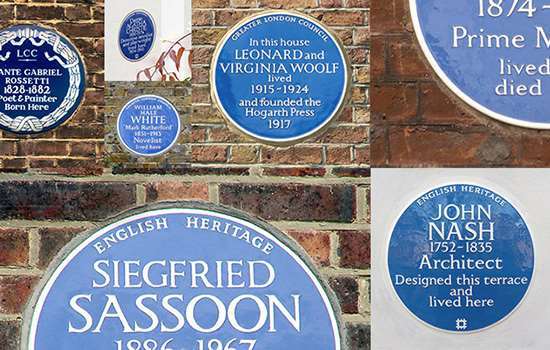BEVERDIGE, Sir William (1879-1963)
Plaque erected in 2018 by English Heritage at 27 Bedford Gardens, Campden Hill, London, W8 7EF, Royal Borough of Kensington and Chelsea
All images © English Heritage
Profession
Academic and Civil Servant
Category
Politics and Administration
Inscription
SIR WILLIAM BEVERIDGE 1879-1963 Architect of the Welfare State lived here 1914-1921
Material
Ceramic
The civil servant and politician Sir William Beveridge is best known for drafting the ‘Beveridge Report’ which was used as the model for the welfare state. He is commemorated with a blue plaque at 27 Bedford Gardens in Campden Hill, where he lived from 1914 until 1921.
CAMPDEN HILL YEARS
William Henry Beveridge lived in the Campden Hill area of Kensington and Chelsea for over 20 years, but 27 Bedford Gardens was the first London home that he could truly call his own. He asked his friend Jessy Mair, who lived nearby, to furnish and decorate the house, and he kept three members of staff – a cook, a ‘boot boy’ and a charlady.
Beveridge worked primarily as a civil servant while living at number 27. During the First World War he was responsible for the rationing and pricing of food and drafted a new Unemployment Insurance Act (1916) – a precursor of his later, better-known work on welfare reform.
Beveridge was knighted in 1919 and in the same year left the civil service to take over the directorship of the London School of Economics (LSE). During his 18 years in charge the LSE was transformed from a small college into one of the world’s leading centres for the study of the social sciences. However, his directorship came to be seen by some as autocratic, not helped by his unpopular appointment of Jessy Mair as academic secretary. After the death of Jessy’s husband, she and Beveridge were married in 1942.
THE BEVERIDGE REPORT
The outbreak of the Second World War renewed Beveridge’s belief in the necessity for extensive state planning, both for the war effort and subsequent reconstruction. Ernest Bevin, the Minister of Labour, initially engaged him to work on manpower but Beveridge was later sidelined into chairing an obscure enquiry into social services. Ironically it was in this unpromising capacity that he produced his most important work: the report on Social Insurance and Allied Services (1942), better known as the Beveridge Report.
The report identified the five obstacles to successful post-war reconstruction as ‘Want, Ignorance, Squalor, Idleness and Disease’. Beveridge offered his remedy: a system of universal social insurance ‘from the cradle to the grave’, supported by a comprehensive health service and family allowances. The report sold 670,000 copies and the Attlee government subsequently used it as the basis of the legislation that set up the modern welfare state.
Beveridge’s last words were reportedly ‘I have a thousand things to do’, unsurprising for a man who in his prime began each day with an ice-cold bath at 6am. He died at his home in Oxford on 16 March 1963 and was buried at Throckington in Northumberland.
Nearby Blue Plaques
More about blue plaques
-

Eugenics in Britain
Find out more about the controversial and changing ideas about eugenics, and some of the figures with blue plaques who supported or opposed it.
-

Support the blue plaques scheme
Every blue plaque, from its research to unveiling, is funded by donations. Find out how you can help support the scheme.
-

Search for a Plaque
Use our search function to look for someone from history, or browse by category or location.
